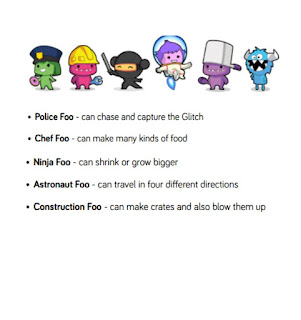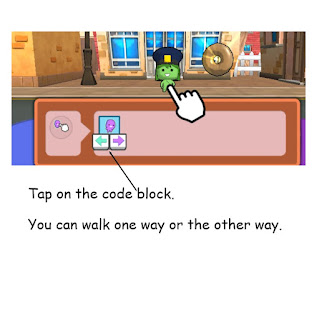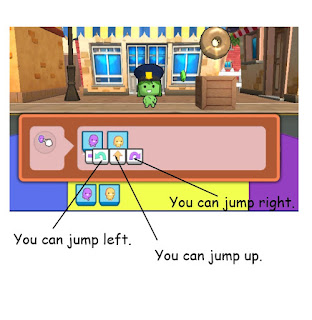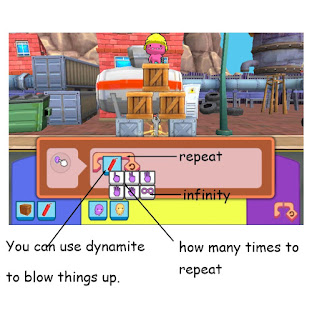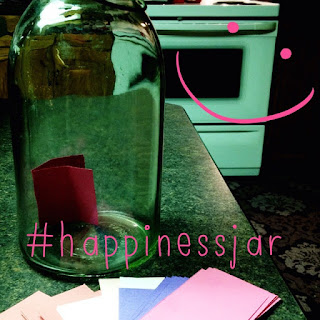Gratitude. It's pretty much the simplest, most powerful thing you can practice that impacts you mentally, physically, and emotionally. And now is the perfect time of year to share how you can cultivate an attitude of gratitude with only a few simple steps. But first, a little bit of background on my personal gratitude journey.
Thanksgiving is a holiday that has always been really meaningful to me. I'm the person at our family's dinner table that insists we take a moment to share what we are most grateful for in our lives--as my dad and uncles roll their eyes and grudgingly participate. Last year, for the first time ever, I was away from my family on Thanksgiving...I was feeling a bit sad, eating a burger and drinking a glass of wine by myself in an American restaurant (the closest thing I could find to home) in Zagreb, Croatia.
And it seems that in the blink of an eye, it's Thanksgiving again, and this time I'm at home in Kenton, Manitoba. The past 14 months were probably the most amazing and eventful that I've ever experienced, leaving me with a lot to be grateful for today.
-family, friends, and colleagues who supported my plans to take a year away and try something new
-the wonderful people I met, many who have become friends, in the last year
-learning that YES I could look after myself and rely only on myself, no matter where I was in the world
-feeling scared sometimes but always feeling alive
-learning that it's okay for things to change and that it will probably all work out in the end
-seeing and experiencing different countries, their people, and cultures
-so many beautiful sights and moments that I've lost count
-becoming a yoga teacher and expanding my personal yoga practice
-the yoga community that has emerged in my hometown and surrounding communities and the many yogis who support my weekly classes
-having a career, students (big and little ones), and families that I love
-being well and healthy, and having the tools to look after myself and positively impact the well-being of others
But gratitude isn't something I practice only on Thanksgiving. I've had a daily gratitude practice for over two years now. For years, I had heard Oprah refer to gratitude, but after reading about all the benefits of living gratefully in
The Happiness Project by Gretchen Rubin and
Thrive by Arianna Huffington, I knew that I needed to make gratitude a regular part of my life.
Grateful people experience many physical, mental, emotional, and spiritual benefits--such as reduced stress, more mindful living, improved immunity to illness, more positive relationships, optimism, and greater happiness. This Huffington post
article describes many benefits to cultivating an attitude of gratitude. And if you are someone who believes in the
Law of Attraction (like attracts like), grateful people attract more abundance and positivity into their lives.
So how can you develop your own daily gratitude practice? There are many ways to practice gratitude, but I think it's most important that you find a way that works for you--something pleasant, simple, and quick, that you can easily integrate into your daily routine and/or yoga practice.
1)
Make a happiness jar: cut up some squares of paper and get a big jar. At the end of every day, write down the happiest moment of your day or something that you are grateful for. Deposit the slip of paper in the jar and repeat each day. If you are feeling down, scoop out a handful of papers and read about your happiest moments--a proven mood-booster! Here's my happiness jar pictured below. What will fill your happiness jar? Get inspired with this
Pinterest board all about happiness jars.
Teacher tip: have each student start a happiness jar and add to it daily or weekly. Little ones can draw a picture of their happiest moment, big kids can write a couple of sentences. A great writing project with mental health benefits too! Or, consider a class happiness jar that everyone contributes to on a regular basis.
Tech connection: use your classroom Instagram account (early years) or students' Instagram/Twitter accounts (middle/senior years) to create virtual happiness jars. Students capture a photograph of happiest moments and share with the hashtag #happinessjar. Let's flood social media with positive messages!
2)
Gratitude journaling: you might already journal regularly, but if you don't, starting a gratitude journal is an easy way to introduce reflective writing into your daily routine. Buy a pretty journal (Winners has so many nice ones for less than $10), and at a certain time each day (before bed or following your morning yoga practice), jot down a few things that you are grateful for. Don't force it, and don't write down the things that you "should" be grateful for. The more novel, the better. I've been grateful for everything from having a clear complexion to nice smooth, straight roads to drive on!
Classroom connection: start gratitude journals with your students, or make it something that is part of their regular weekly writing...maybe every Friday they write an entry about what they are grateful for. Little ones can draw pictures and label them, or teachers can lead the class in a shared writing activity to help everyone count their blessings.
Tech connection: there are a few apps in the App Store if you'd like to do gratitude journaling on your phone. I use
this one--check it out!
3)
Get a partner in crime: make a commitment with a friend to start a daily gratitude practice and text each other what you are grateful for each day. My best friend and I did this for over a year when we first started practicing gratitude, and it was a wonderful way to be accountable. If one of us forgot, receiving the other person's text was all it took to text back with our own list.
Classroom connection: if you teach little ones, pass a special object around the circle as each child shares something they are grateful for. Sometimes I make gratitude my "password" to get out the door for recess or at the end of the day. Older students may not want to share what they are grateful for with their peers, so consider a quick gratitude exit slip at the end of the day.
4)
Make it part of your yoga practice: it's easy to feel grateful as your yoga practice draws to a close and your body and mind are flooded with feelings of contentment and relaxation. As I roll up onto my mat after savasana, I take a few moments to reflect on what I'm grateful for that day. I close my eyes and breathe deeply as different ideas come to mind. Yes, a daily gratitude practice can be this simple when it's part of your routine.
Once gratitude becomes part of your life, you'll find yourself feeling grateful throughout your day--sometimes about the smallest things. Savour these moments and share them with others. Cultivating an attitude of gratitude is simple, powerful, and rewarding, with a huge impact on teacher and student wellness. You'll thank yourself for starting today!





